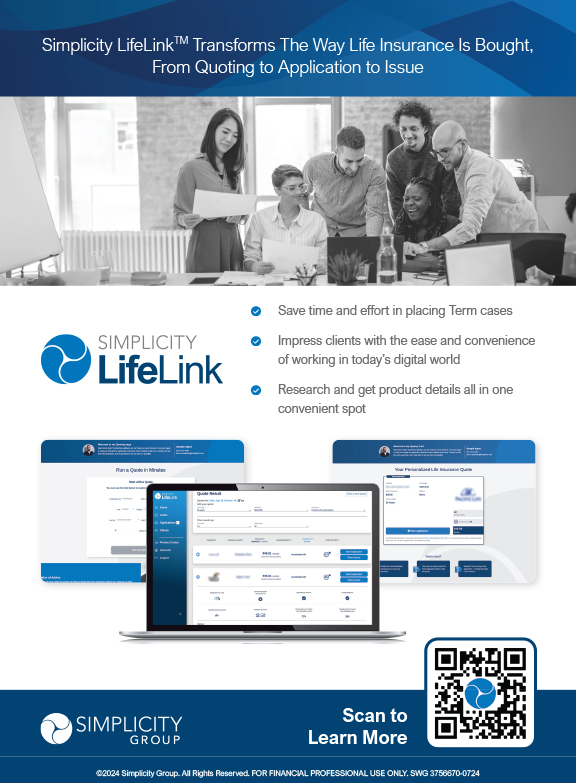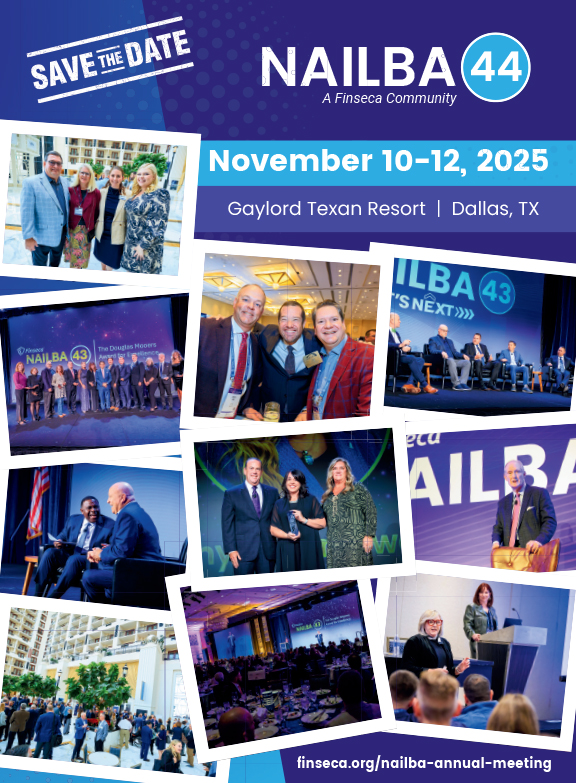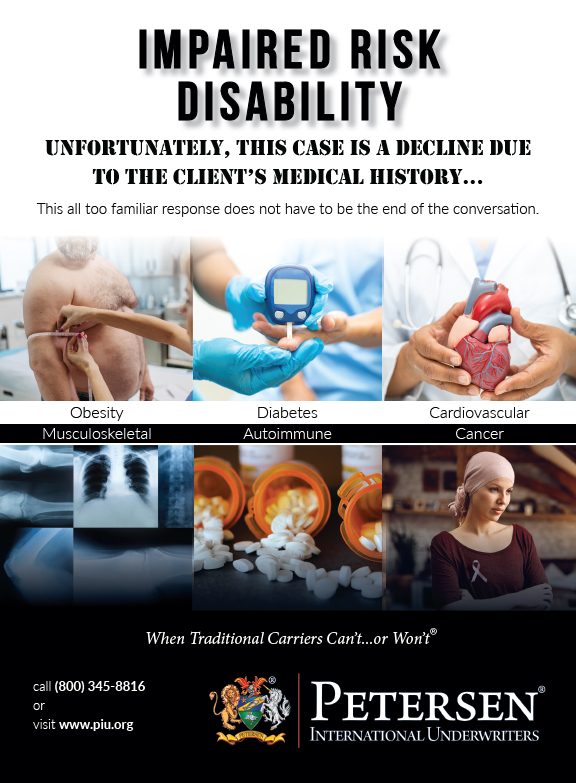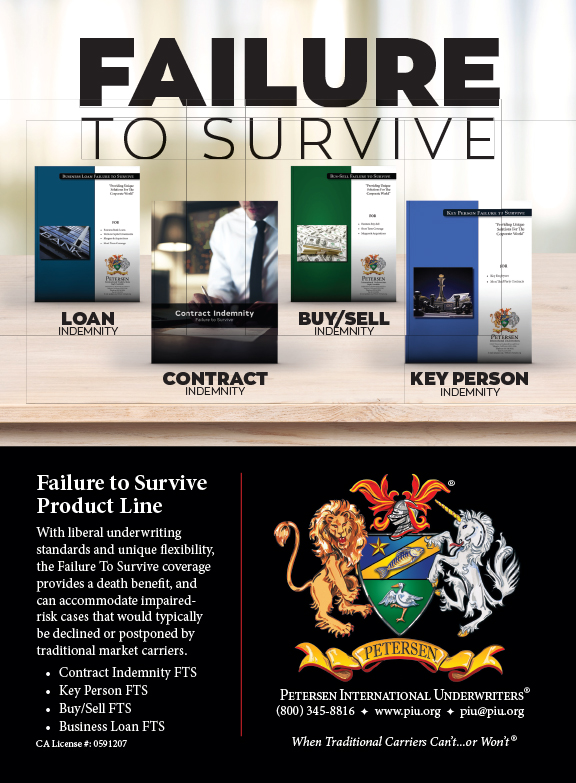Right before my wife and I went on vacation a friend of mine sent me a book to read. I love reading. The genre that appeals most to me is nonfiction, especially history, biography, nature, letters, faith, and philosophy. Therefore, when Dominion by Tom Holland arrived in the mail, I was delighted.
The New York Times described the work as “A galloping tour of Christianity’s influence across the last 2,000 years.”
Holland is not an apologist for Christianity. He ascribes nothing in human history to God at all. As a historian, he dismisses the influence of anything supernatural. All this to say, when he attributes revolutionary impact in world history to Christianity, he is doing so as an objective historian.
One subject in particular truly captured my attention: Charity.
Charity Follows Belief
In ancient times, the poor, infirm, imprisoned, widowed, orphaned, destitute, and disabled found themselves cast out and neglected.
“Lepers and slaves were not the most defenseless of God’s children. Across the Roman world, wailing at the sides of roads or on rubbish tips, babies abandoned by their parents were a common sight. Others might be dropped down drains, there to perish in the hundreds.”1 Deformed infants were condemned for the good of the state. “Girls in particular were liable to be winnowed ruthlessly. Those who were rescued from the wayside would invariably be raised as slaves. Brothels were full of women who, as infants, had been abandoned by their parents.”2
Except for a few tribes and the Jews, everyone else took the exposure of unwanted children for granted. “Until, that was, the emergence of a Christian people.”3
Why? What made the difference? “A concern for the downtrodden could not merely be summoned into existence out of nothing.”4 No, there were four philosophical nuances to Christian thought that turned the world upside down:
- All people are made in the image of God. Everyone deserves respect.
- All are alike in their sinful, fallen natures. Everyone makes mistakes.
- All can come to the same salvation, without partiality. Second chances ought to extend to everyone.
- There is no longer free nor slave, rich nor poor, male nor female, Greek nor Jew. We are all equal.
Holland describes the actions that followed this set of beliefs: “Every week, in churches across the Roman world, collections for orphans and widows, for the imprisoned, and the shipwrecked, and the sick had been raised.”5 The early followers of Christ reached common agreement that above any differences they might have, all would “remember the poor.”
Point: The notion of living open-handedly and being generously mindful of the needs of those less fortunate arises from what we value and believe.
Real Worth of Wealth
In Independent Financial Services Distribution, we serve people who occupy the many layers of the wealth spectrum. We encounter people who are prudent and wise in how they steward all that they own. Others, sadly, are owned by their belongings. Others, focused on accumulating solely for themselves, are intentionally inattentive to the poverty and suffering afflicting people everywhere. As Holland describes it, “The surest blindness is caused by worldly goods.”7
Alexis de Tocqueville, a French civil servant from an aristocratic family, wrote Democracy in America following a nine-month visit to the United States in 1831-32. He made observations that could arise from someone visiting America even today. Consider:
“As one digs deeper into the national character of the Americans, one sees that they have sought the value of everything in this world only in the answer to this single question: how much money will it bring in?”
Capitalism, individuality, and the American Dream all contribute to our desire to make a living and create an estate. Along the way Americans invent, act as entrepreneurs, and seek innovations constantly.
In pursuing the mighty dollar, and in our efforts to amass wealth, there are four classes of beneficiaries who possibly gain from our efforts:
- Ourselves and our life mate. Perhaps we plan on spending all our wealth during our lifetimes.
- Our family. After providing for ourselves, we may want to provide for our children and grandchildren.
- The government. Whether in the form of annual income tax, capital gains tax, or other taxes, or upon our death in the form of estate taxes, we all send the government money throughout our lifetimes.
- Charities. Charities can be beneficiaries of our wealth during our lifetime or upon our death, or both.
Making Charitable Giving a Robust Element of Financial Success
An estimated $84 trillion in wealth will be transferred between now and 2045. Millennials (Gen Y) along with Gen Z inherit an estimated $550 billion a year. Investors/savers/consumers ages 21-41 represent 42 percent of the U.S. population. The seismic shifts in population and wealth make it vital for Independent Financial Professionals (IFPs) to successfully build relationships with younger prospective clients.
Fidelity Charitable is the arm of Fidelity Investments that exists to help investors establish Donor Advised Funds. Theirs are called “Giving Accounts.”
A 2022 Fidelity Investor Insights survey of 2,490 investors, including Gen YZ and Boomers+ (age 58 and over), found that one important way for IFPs to differentiate themselves would be to offer “charitable planning services.”8
Fidelity’s analysis revealed that nearly 50 percent of individuals in the Gen YZ generation who are not currently working with an advisor seek to work with a financial advisor who “helps me achieve my charitable giving goals.”9
Question: How does an individual personally benefit from charitable giving? Actually in several ways, including:
- The fulfillment derived from intentionally choosing the type of legacy left behind in the world.
- The satisfaction of allocating assets and wealth in a manner that aligns with one’s life purpose.
- Carefully choosing the causes and issues that most resonate.
In the previous list of four classes of beneficiaries that gain from a life of work, earnings, and wealth accumulation, two classes clearly benefit from Charitable Giving: 1) Ourselves and our life mate; and 2) Charities and their recipients.
Charitable Strategies
As an Independent Financial Professional (IFP), you will reap rewards for yourself by becoming a guide to the younger generations and helping the Gen YZ community achieve meaningful, sustainable charitable goals. Your reputation will improve. Your success in securing referrals will grow. You will be changing the world.
Where to start? It all starts with asking the right questions.
Examples:
- What are your priorities in extending generosity through charitable giving?
- How do you want your charitable giving to change over time?
- What do you want your legacy of generosity to be?
- Who/what do you care most about?
- Have you considered how impulsive/haphazard gifting may impact your long-term financial plans?
- Do you have a strategy for achieving long-term and short-term goals through a sustained pattern of lifetime donations?
- Do you plan to continue giving during your retirement?
- Do you intend to include charitable giving in your business exit planning?
- Do you intend to include charitable giving in your estate planning or legacy planning?
- Do you desire to see the impact of your giving now, or would you prefer to fund a trust to support your favorite causes after you and your life mate are deceased?
Point: As a skilled IFP, you know that the start of changing the trajectory of a client’s financial life begins with asking the right questions. This requisite extends to charitable giving.
Steps Leading to Effective Charitable Giving Strategies
Similar to saving for any goal, or investing to achieve specific ends, charitable giving requires a strategy. By incorporating charitable giving into his or her overall financial plan, clients can give back to favorite causes and organizations in a meaningful and sustainable way. IFPs assist clients in creating a comprehensive charitable giving plan and aligning donations with larger financial goals. The details in each client’s charitable giving plan will depend on factors like age, the composition of the financial portfolio, and the size and frequency of what the client is able to give.
Here are five approaches that successful IFPs use to help clients achieve charitable giving objectives:
Goal Definition: There are innumerable causes, needs, and opportunities screaming for the charitable donations of every potential donor. These include:
- Establishing a scholarship fund for low-income students at one’s alma mater.
- Supporting the Arts.
- Contributing to the financial needs of individuals who serve selflessly on behalf of people or causes one believes in.
Explore methods for multiplying the effectiveness of charitable gifting:
- Due to Standard Deductions many people do not itemize their gifting. Therefore, by simply writing a check to their favorite nonprofit each year, they miss out on tax benefits. As an IFP you can help clients to consider “bunching” or “bundling” their charitable contributions. You can urge the client to consolidate multiple years’ worth of donations into a single tax year. This will allow them to surpass the Standard Deduction threshold and receive greater tax benefits.
- IFPs help clients weigh the advantages of giving a percentage of appreciated securities directly to their favorite nonprofits. Instead of owing capital gains tax on appreciated assets they’ve owned for at least one year (which they would owe if they sold the assets themselves), the charity enjoys the increasing value. In addition, clients get a charitable income tax deduction for the full, fair market value of the gifted shares.
Create a Donor-Advised Fund: Clients can make contributions to a Donor-Advised fund and receive an immediate tax deduction for those donations when they itemize deductions on their income tax returns. Donor-Advised funds give clients the ability to distribute money to charitable organizations over time, in line with charitable objectives. By establishing a Donor-Advised fund, clients are essentially donating to a 501(c)3 that then donates to other charities.
Cooperation with family members: Sometimes, clients will create scholarships or grants that other family members contribute to in order to have a larger impact. As an IFP, in collaboration with legal and tax professionals, you can guide clients through this process.
Larger Gifts from Estate Plans: If clients wish to leave a lasting impact on their favorite charities, perhaps they should consider naming a charity as a beneficiary in their will or living trust. An IFP can communicate with the client’s attorney to achieve the desired outcomes. IFPs recommend that charitably-inclined clients establish Charitable Remainder Trusts, whereby the clients enjoy a stream of income during their lifetimes as well as current year tax deductions. This happens when the assets are donated to the trust. The designated charity takes ownership of any assets remaining in the trust when the client dies.
Point: IFPs have numerous tools that they use with clients to help them achieve their charitable aspirations.
Summary
I quoted Alexis de Tocqueville earlier on the capitalist essence of America. In addition to the drive to earn a living and make a profit, U.S. citizens impressed him in another way.
“The Americans make associations to give entertainment, to found seminaries, to build inns, to construct churches, to diffuse books, to send missionaries to the antipodes; in this manner, they found hospitals, prisons and schools.”
An Example from History
“In 1887, a Denver woman, a priest, two ministers and a rabbi got together… It sounds like the beginning of a bad joke, but they didn’t walk into a bar; what they did do was recognize the need to work together in new ways to make Denver a better place.”10 That year, their efforts raised $21,700 for the greater good, and created a movement that would become United Way.
While it is a sad truth that a diminishing number of American households are contributing to charitable causes each year, the dollar amounts remain roughly the same. The donations are simply coming from fewer people. IFPs in the United States generally have a tailwind at their backs when it comes to advising clients in terms of charitable giving strategies. We only have to look at the greater context:
Culture of Generosity: Over the last 40 years, total charitable contributions have grown year-over-year in all years except these:
- 1987 (Black Monday in October)
- 2008 (The Great Recession)
- 2009 (The Great Recession, continued)
- 2022 (Due to Stock Market volatility and inflation)
Giving Tuesday: Giving Tuesday occurs every year on the Tuesday after Thanksgiving. This event falls in the heart of Giving Season, between Thanksgiving and Christmas. On Giving Tuesday, Americans embrace the spirit of generosity by donating to charities. According to the website, GIVINGTUESDAY.org, 34 million adults in the U.S. participated in Giving Tuesday in some way in 2023. Charitable contributions exceeded $3.1 billion!
Individuals (compared to corporations and foundations) comprise 65 percent of donations: “Those who make $10 million-plus per year give the highest percentage of their income: 9.3 percent. The second-highest donors are, surprisingly, those who make less than $50,000. Americans who fall into this group donate 8.4 percent of their income on average.”11
Because IFPs are skilled in creating long term, sustainable strategies for saving, investing, insuring, and planning, they can apply these same skills to help clients multiply the effectiveness of their charitable intentions.
Many people are seeking the means of using their material wealth to accentuate the meaning of their lives and to leave a legacy.
Maybe 2024 is your year to show people that it is truly better to give than to receive.
Footnotes:
- “Dominion: How the Christian Revolution Remade the World,” Hardcover – Illustrated, October 29, 2019, by Tom Holland, Basic Books, ISBN-10:046509350, page 143.
- Ibid.
- Ibid.
- “Dominion,” page 141.
- “Dominion,” page 139.
- Galatians 2:10, Holy Bible, New International Version®, NIV® Copyright ©1973, 1978, 1984, 2011 by Biblica, Inc.®
- “Dominion,” page 151.
- https://www.fidelitycharitable.org/about-us/news/study-finds-next-generation-investors-are-seeking-financial-advisor-guidance-on-charitable-planning.html.
- Ibid.
- https://www.unitedway.org/about/history#.
- Donor Box, “Nonprofit Statistics 2023.” (July 2023).




























